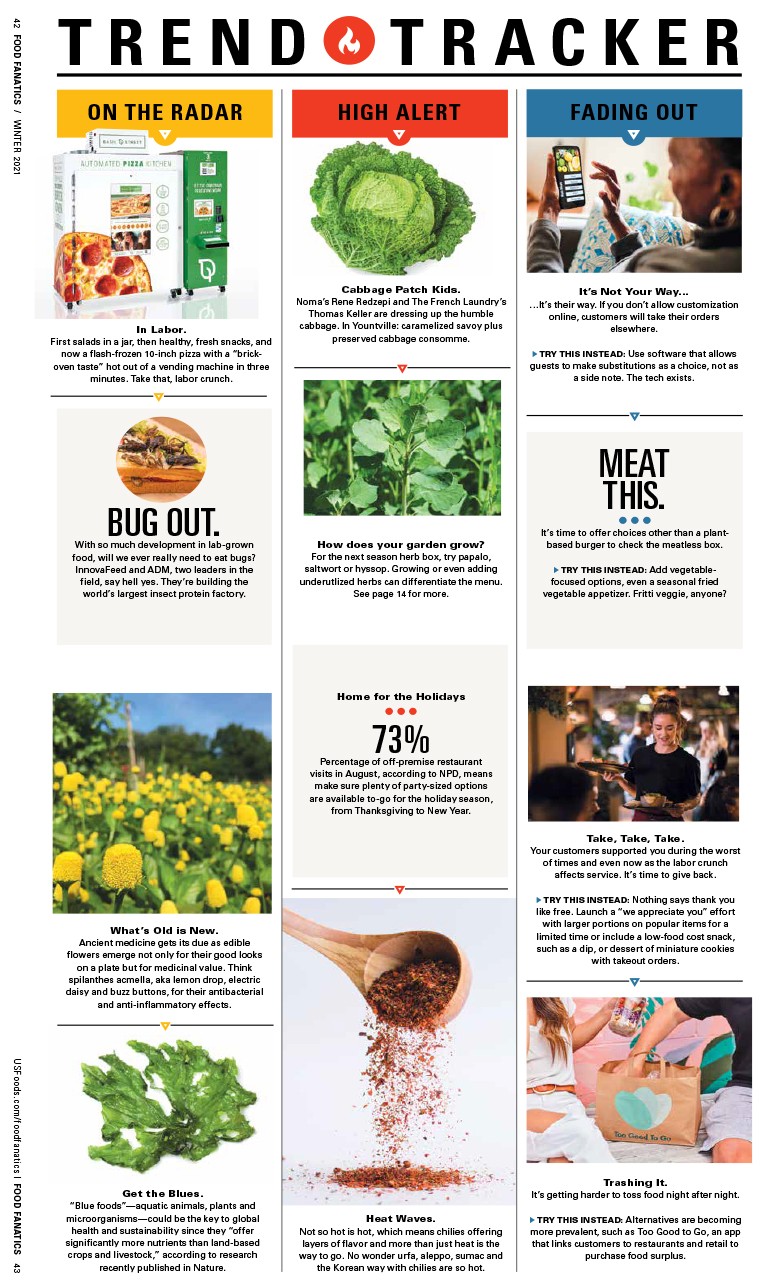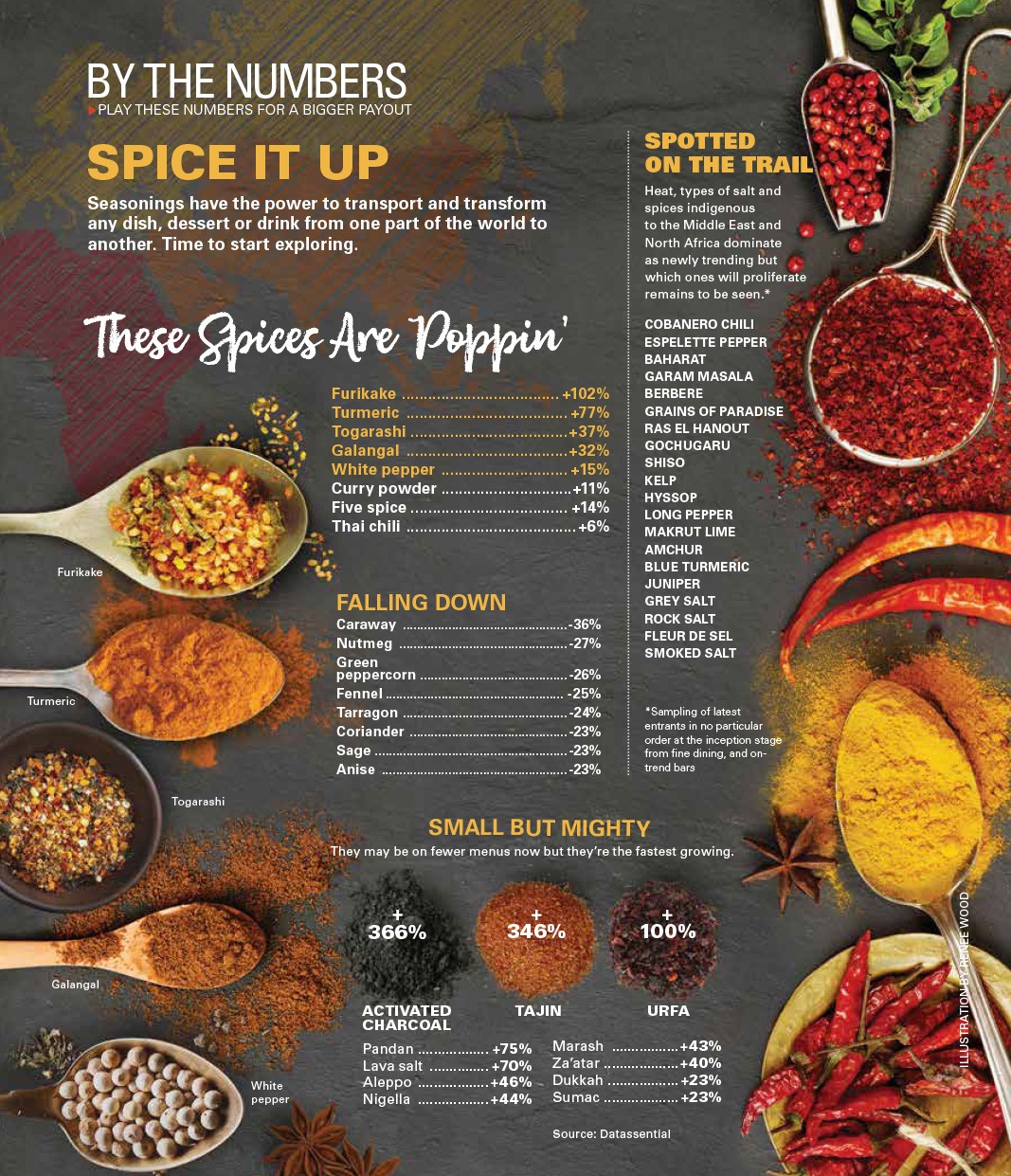How to Run a Smart Wine Program
A profitable wine list is simply good business. Learn how to crunch the numbers.
A profitable wine list is simply good business, whether the concept is a 30-seat independent or a grand dining room in a swanky hotel. For a cost-effective wine program, all you need is a few equations, weekly auditing and solid inventory control. Grab your calculator and let’s get started.
Basic Wine Costs
Typically, a restaurant’s target wine cost sits at 27 percent, though a range between 28 percent and 34 percent is becoming more acceptable. Running a higher cost poses less financial strain on your guests.
The equation for pricing with a 27 percent wine cost is:
Menu Price = 100 x (Cost of Wine) ÷ 27
To run a different wine cost, replace the divisor (27) with the preferred wine cost percentage expressed in a whole number.
The problem with this strategy, however, is that it does not allow for flexible pricing, lending to the nebulous concept of a “weighted wine cost.” A neighborhood restaurant with an average bottle sale of $45 might want to serve a terrific Pinot Noir. But if the cost is $50, using this pricing strategy means it would land on the menu at $185 and likely to spend the rest of its shelf life sitting in storage.
Weighted Wine Cost Strategy
If the main wine revenue source is by the glass (BTG) sales, that same pinot could be offered using a weighted wine cost strategy.
Let’s say a sauvignon blanc BTG sells about 18 bottles per week and the cost is $7.75 per bottle. A five ounce pour of the sauvignon could be priced at $8 per glass, which would net a 19 percent wine cost. This approach would then allow up to two bottles of the pricier pinot noir per week for only $85 and still run under a 27 percent cost.
For a weighted wine cost strategy, use this formula:
Cost of Glass Sale (COGS) ÷ Revenue = Wine Cost
Playing with the fixed costs allows more freedom to buy wines in any price range. However, if the $85 pinot noir sells more than two bottles per week, it will eventually skew your wine costs in a direction that may be unfavorable.
Determining BTG Pricing
First, decide the pour amount. A five- to six-ounce pour is industry standard for BTG, but many places serve “quartinos,” or eight ounce pours. One standard 750ml bottle of wine holds 25.36 ounces, so to run a cost on a five-ounce BTG, the equation is:
Wine Cost = Cost Per Bottle ÷ (BTG Price x 5)
The sauvignon blanc example would look like this:
$7.75 ÷ ($8 x 5) = 19.4 percent
"Smaller restaurants can keep a lid on negligent buying by performing weekly inventories."
The Gross Margin
Restaurants owned by corporations express their wine costs in gross margin. Gross margin is the inverse of wine costs, with the acquisition of goods purchased within a predetermined time frame (usually a four week period).
Gross Margin Percentage = Revenue - COGS ÷ Revenue x 100 percent
This strategy keeps the buyer from over-purchasing within each period because the gross margin is not static and is affected greatly by sales. If you typically run $1,800 in wine inventory and it suddenly jumps to $6,000, it’s a no brainer that you have a trigger-happy buyer.
Smaller restaurants can keep a lid on negligent buying by performing weekly inventories. Sure, it’s a pain, but in the end, it truly benefits the restaurant.
Shebnem Ince is a Chicago-based sommelier and restaurant consultant who works at Perman Wine Selections.
Put a Cork in it
Lost product is the single most dangerous threat to any bottom line. Here’s a few ways to salvage your stock:
Don’t give the house away. Is one of your bartenders popular because she gives away drinks? It may seem petty to fret over a couple freebies, but over time, this can add up and hurt your bottom line. Make sure freebies are recorded on a “comp tab” to keep an eye on loss and reward your staff for reportage.
Watch over pouring. Even a half ounce over pour per glass could set you back thousands in potential revenue. Once your pour amount is determined, start every shift by setting out a “dummy” glass to measure in ounces with water and a little bit of bitters or cranberry juice. Have your staff stand empty glasses next to the “dummy” pour and match the height.
Ring first. Instruct staff not to “call” the bar for drinks. If the wine is not rung into the POS system, no drink. This will reduce mistakes and waste.



